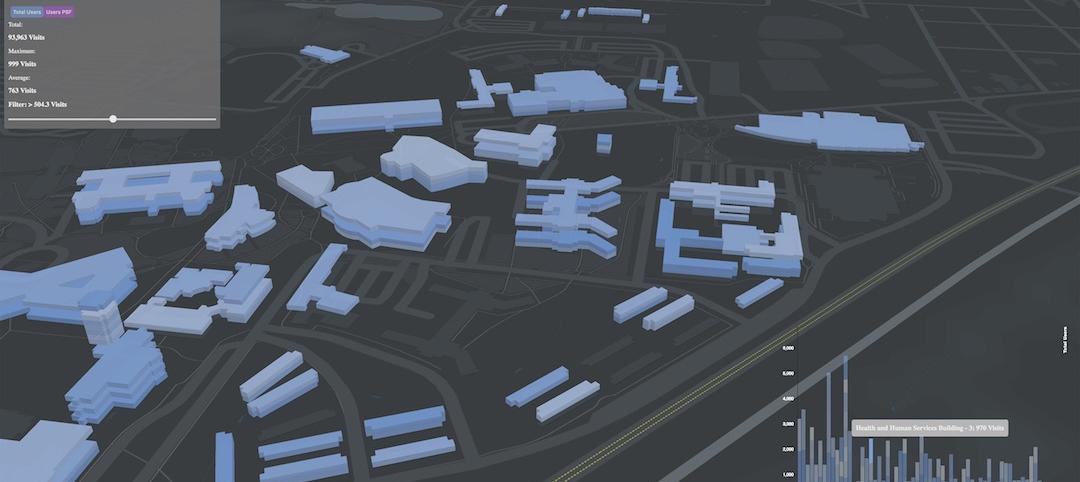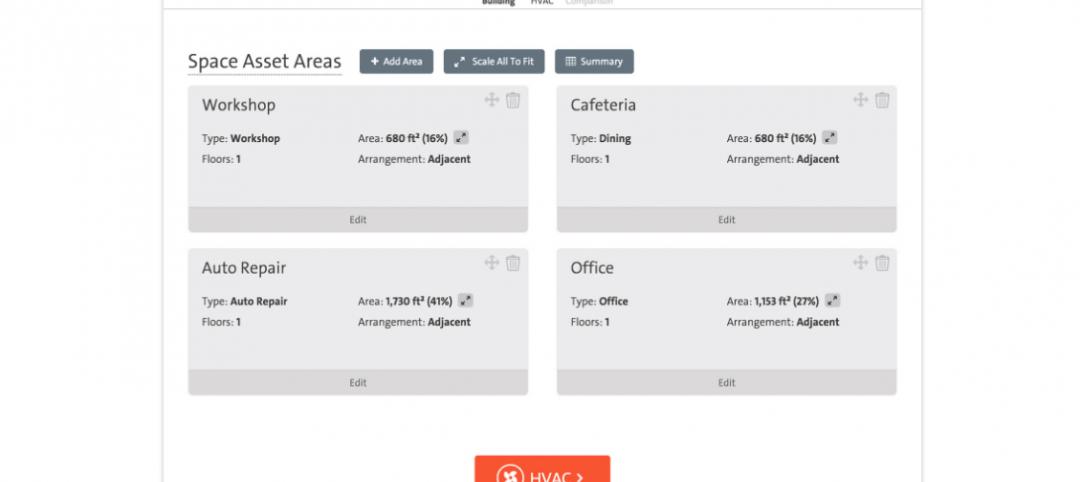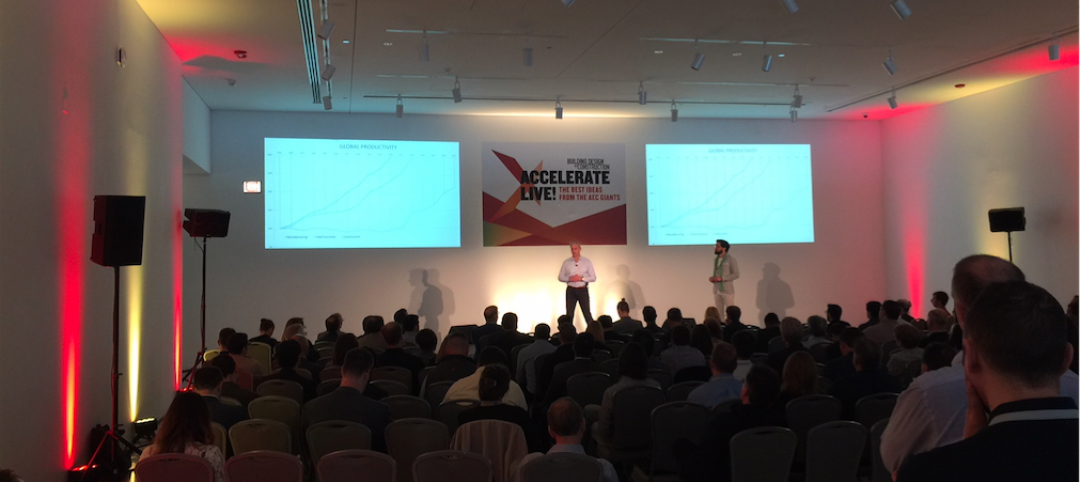For more than a decade Building Information Modeling (BIM) has been increasing its market share as the primary documentation tool for the architectural practice. BIM promises a more collaborative and integrated design and (hopefully) construction process. The fear is a “Wild West” amalgamation of models authored by various parties, unclear responsible control and licensing issues, and the reliability and changeable nature of digital data.
As architect’s, we’re at ground zero for this change being faced with increase requests and pressure to share the digital model with other project participants. While you could treat your BIM files like your old CADD files and avoid the risks by requiring a signed release agreement absolving you of any responsibility for Model content, that’s not how the BIM world is supposed to work. Sharing of and reliance on BIM data is central to the idea that BIM will lead to a more efficient, more economical, and more collaborative construction process. So rather than hunkering down and avoiding all risk, architects can intelligently embrace the opportunity and try to reap the rewards of improved efficiency, providing your client with a better value proposition and potentially reducing your exposure to project risk.
Establish ground rules with the AIA’s E203
There is no question that this is a transformational change to the rules of the game. When the model leaves the protection of your network there are legitimate concerns to address. Who is using it? The people I authorized, of course, but who did they give it to? What are they using it for? Please don’t tell me my Schematic Design Model being mined for material take-offs! These are legitimate questions and concerns, but they do not need to be showstoppers. To accommodate sharing your model, you need to be able to establish some ground rules for how the data will be used, who is allowed to use the data and what the consequences are when it is used differently. The AIA’s digital practice family – the E203/G201/G202 documents – provide a good contractual and practice tool for managing your BIM use and establishing those ground rules.
E203-2013 Building Information Modeling and Digital Data Exhibit is an exhibit document intended to be attached to the parties’ agreement. It covers the general issues related to the use of BIM. E203 establishes the basic ground rules, while the specific details are memorialized in G202-2013 Project BIM Protocol. This organization – an exhibit and separate form – allows you to establish a baseline understanding when a project is just getting started and then elaborate on that understanding as the project develops without amending the contract.
The most important aspect of E203 is the obligation it imposes on both parties to incorporate it in any subsequent agreement either party may execute with another project participant. This flow down obligation means that everyone on a project now has to play by the same BIM rules. The story doesn’t stop at the E203. In order to confidently share your model, you must set a floor for the minimum amount of information that will be provided and a ceiling for what users of can do with that information. These Use and Reliance characteristics are the basis for determining the Level of Development for model elements, and G202 provides the framework to accomplish this task.
The G202 table lists each model element and then provides columns to define the Level of Development and the party responsible for modeling that element for each relevant project milestone. It is important to note that we are talking about model elements and not the whole model. Every model is an aggregation of model elements each developed to an appropriate level, but not uniformly for the whole model – a door, for example, is quite commonly modeled at Level 200, but the hardware for that door is still described in the metadata, not actually modeled.
State of Utah started simple
At first glance, E203 and G202 are daunting document – literally pages of information and dense tabular material with many boxes to fill – but once you’ve worked your way through that first G202, the rest will be easier. It’s pretty easy to dip your toe in this water. Develop a baseline version of E203 and G202 for use on every project. Start simple – find the lowest common denominator in the spectrum of your work and design your baseline to that as opposed to thinking about the most complex project you might encounter. In our initial attempts at this we, found that we placed too high a Level of Development (LOD) expectation for many model elements – yes, you might choose to model something to a higher level in order to explore the design idea, but in order to meet the obligations of your contract you only need to model to something less. Most public work that falls under procurement law requirements shouldn’t need elements modeled beyond LOD 200.
If you need an example document, the State of Utah, Division of Facilities Construction and Management has two licensed versions of G202 that set the protocols for its projects. One is designated for the design-bid-build delivery model where the model is not intended to be used by the constructor, and the other is optimized for a Construction Management delivery model where the CM is expected to use the model during construction.
The payoff
Of course, it’s not just about the forms. Undoing 30 years’ habit is not easy. Your staff has to understand that there is no more disclaimer – we are trusting the model, and it has to be accurate – and they have to believe there is a benefit to your practice to do so. But, if you’re careful in establishing your baseline protocol, I think you’ll find that there is no more effort involved for you to prepare to share a model than you were already making when you thought it was inconceivable.
The trends in the marketplace are clear. Increased collaboration, model sharing and the comingling of design and construction data is coming if not, at least to some degree, already here. Will you be left behind, or will you find a way to manage the risk and provide your clients with greater value and service?
Related Stories
BIM and Information Technology | Aug 16, 2018
Say 'Hello' to erudite machines
Machine learning represents a new frontier in the AEC industry that will help designers create buildings that are more efficient than ever before.
BIM and Information Technology | Aug 16, 2018
McKinsey: When it comes to AI adoption, construction should look to other industries for lessons
According to a McKinsey & Company report, only the travel and tourism and professional services sectors have a lower percentage of firms adopting one or more AI technologies at scale or in a core part of their business.
BIM and Information Technology | Jul 30, 2018
Artificial intelligence is not just hysteria
AI practitioners are primarily seeing very pointed benefits within problems that directly impact the bottom line.
AEC Tech | Jul 24, 2018
Weidt Group’s Net Energy Optimizer now available as software as a service
The proprietary energy analysis tool is open for use by the public.
Accelerate Live! | Jul 17, 2018
Call for speakers: Accelerate AEC! innovation conference, May 2019
This high-energy forum will deliver 20 game-changing business and technology innovations from the Giants of the AEC market.
BIM and Information Technology | Jul 9, 2018
Healthcare and the reality of artificial intelligence
Regardless of improved accuracy gains, caregivers may struggle with the idea of a computer logic qualifying decisions that have for decades relied heavily on instinct and medical intuition.
BIM and Information Technology | Jul 2, 2018
Data, Dynamo, and design iteration
We’re well into the digital era of architecture which favors processes that have a better innovation cycle.
Accelerate Live! | Jun 24, 2018
Watch all 19 Accelerate Live! talks on demand
BD+C’s second annual Accelerate Live! AEC innovation conference (May 10, 2018, Chicago) featured talks on AI for construction scheduling, regenerative design, the micro-buildings movement, post-occupancy evaluation, predictive visual data analytics, digital fabrication, and more. Take in all 19 talks on demand.
BIM and Information Technology | Jun 12, 2018
Machine learning takes on college dropouts
Many schools use predictive analytics to help reduce freshman attrition rates.
| Jun 11, 2018
Accelerate Live! talk: The smart jobsite — Predictive visual data analytics for proactive project controls
In this 15-minute talk at BD+C’s Accelerate Live! conference (May 10, 2018, Chicago), a trio of experts in predictive visual data analytics presents how design-build giant Clayco has leveraged this technology to achieve production efficiency on several construction sites.
















